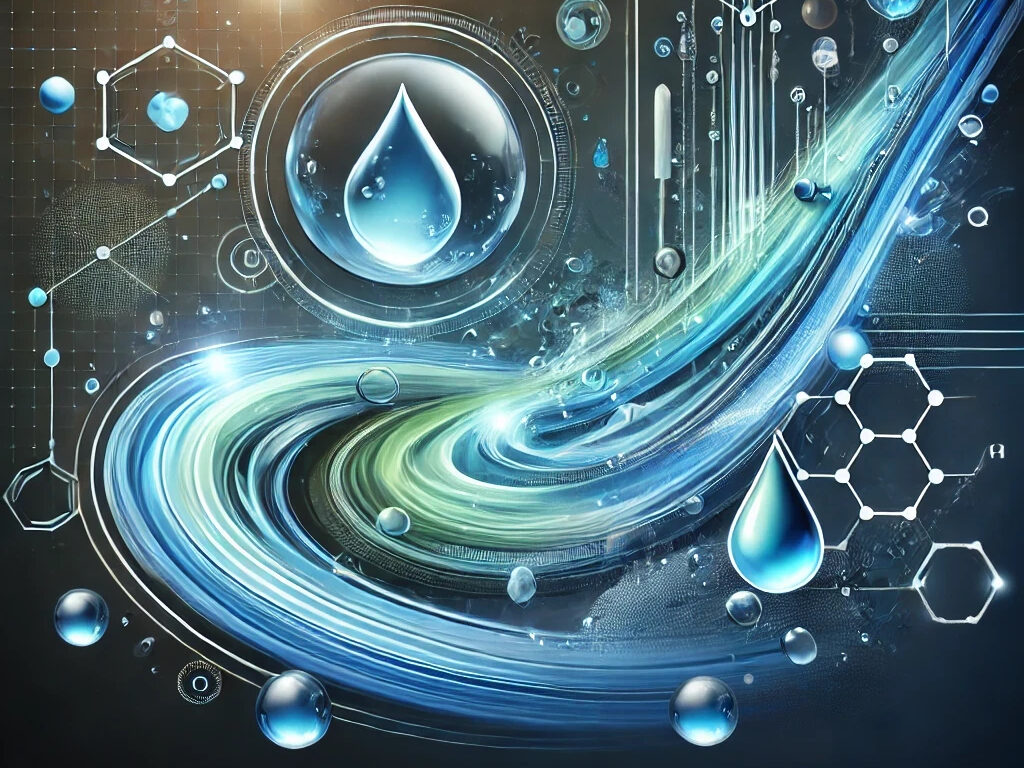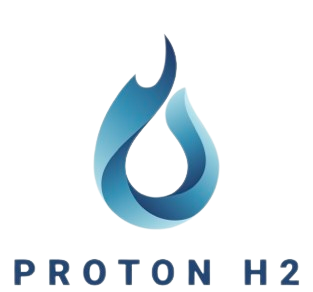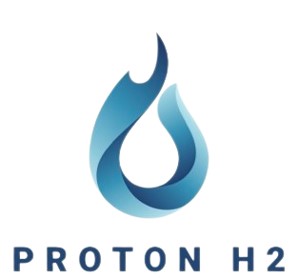
Introduction: The Water-Efficient Revolution in Hydrogen Production
As the world races toward ambitious net-zero targets, hydrogen is emerging as a cornerstone of the clean energy transition. However, a significant challenge lies in the water-intensive nature of conventional hydrogen production processes, particularly electrolyzers. At ProtonH2, we’ve developed a revolutionary approach that not only reduces water consumption but actually produces net-positive water—a crucial innovation in a world increasingly strained by freshwater scarcity.
Global Hydrogen Targets and the Water-Energy Dilemma
The global push for hydrogen as a clean energy source is undeniable, with countries setting ambitious targets for its production and integration into energy systems. To achieve these targets using traditional electrolyzers powered by renewable energy, the water and power demands are staggering.
If the world is to meet its hydrogen production goals by 2050, the amount of water required is immense. On a global scale, producing the necessary hydrogen would demand billions of cubic meters of water annually. For context, producing just one kilogram of hydrogen through electrolysis requires about 50–55 kWh of electricity and 11 liters of ultrapure water (World Economic Forum), excluding upstream water usage. This water must undergo rigorous purification, consuming additional energy in reverse osmosis and deionization processes. The energy costs of water purification, while a small fraction of the overall energy required for hydrogen production, add up significantly when scaled to the levels needed to meet global demand. The energy requirements increase even more when the full upstream water usage and energy requirements are considered. Demand for ultra-pure water for global hydrogen production is forecast to become the 5th largest use of water in the world by 2050 (Green Hydrogen Dilemma).
The implications of these requirements are profound, particularly in regions where water scarcity is already a critical issue. As the demand for green hydrogen grows, so too will the pressure on freshwater resources, potentially creating a bottleneck in the global energy transition (Bryce 2024).
The Role of Enhanced Oil Recovery in Sustainable Hydrogen Production
Enhanced Oil Recovery (EOR) techniques have historically been used to extract additional oil from aging wells, often involving the injection of steam or other substances to extract oil. One of the byproducts of this process is the large volumes of water that remain within the reservoir. These volumes are in addition to the bottom water that often naturally exists in oil reservoirs. The produced water from steam injection and bottom water is often considered a waste product. It is often recycled by reinjection into the oil reservoir for additional EOR, it is injected into wastewater wells or is produced and disposed at the surface. Produced wastewater is typically challenging to purify using conventional methods.
ProtonH2’s technology turns this challenge into an opportunity. By accessing underground reservoirs, which have been enhanced by decades of EOR operations, we have a reliable supply of water that can be re-injected into the reservoir to produce more hydrogen, it can be produced and purified for additional steam injection, or it can be further purified for surface water usage. This process not only alleviates the strain on freshwater resources but also results in a net positive water balance—essentially producing more water than is consumed.
In terms of scale, the amount of water injected into these wells over years of EOR operations is vast. Our technology can recover and repurpose this water, creating a sustainable loop that supports large-scale hydrogen production without depleting vital freshwater supplies. This approach represents a significant step forward in making hydrogen production more sustainable and scalable.
Conclusion: A Sustainable Path Forward for Hydrogen
As the world grapples with the dual challenges of decarbonization and water scarcity, it’s clear that innovative solutions are required to balance these competing needs. Hydrogen production, while essential for achieving global climate goals, cannot come at the expense of our planet’s precious freshwater resources.
ProtonH2’s technology offers a compelling solution to this dilemma. By tapping into water sources that have been overlooked or deemed too difficult to use, we are able to produce hydrogen in a way that is not only sustainable but also beneficial to the environment. Our approach not only addresses the water consumption issue head-on but also contributes to a more resilient and sustainable energy future.
As we continue to scale our operations, the potential impact of our technology becomes even more significant. In a world where every drop of water counts, ProtonH2 is leading the way toward a hydrogen economy that is as sustainable as it is innovative.
Written by:
Paul Sandhu – Chief Executive Officer
Calvin Johnson – Chief Development Officer

